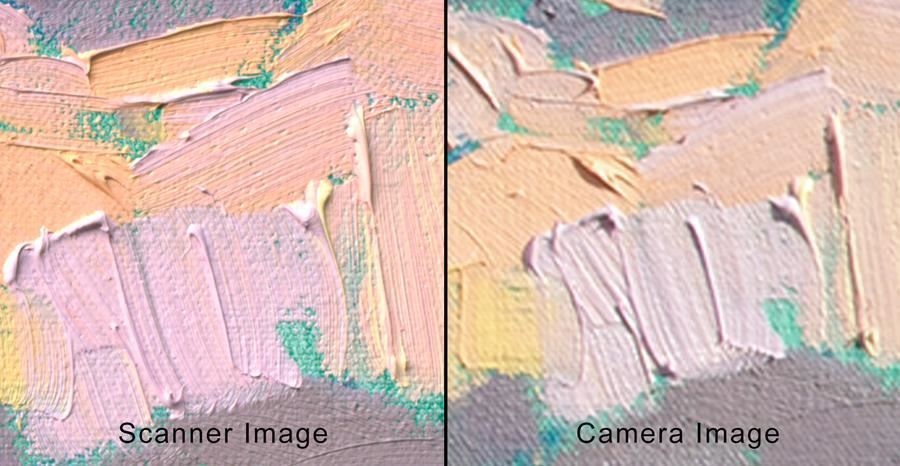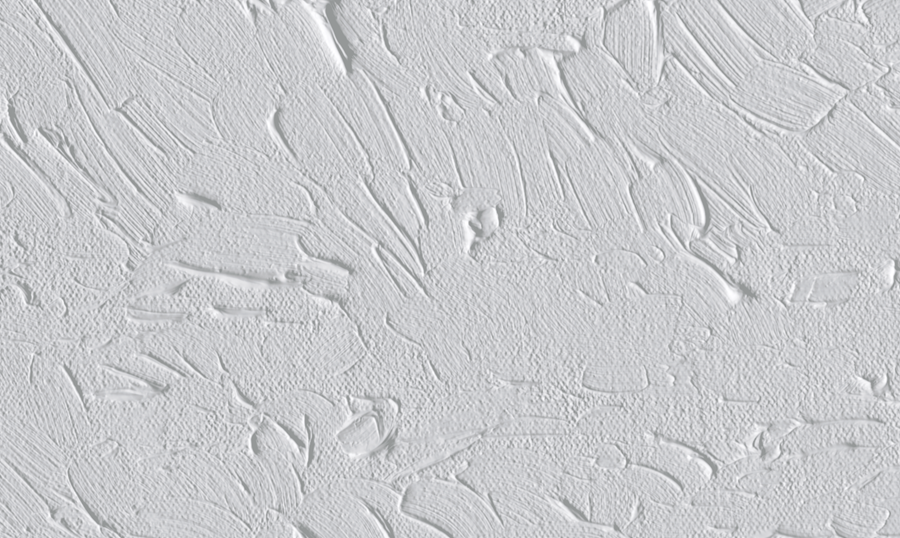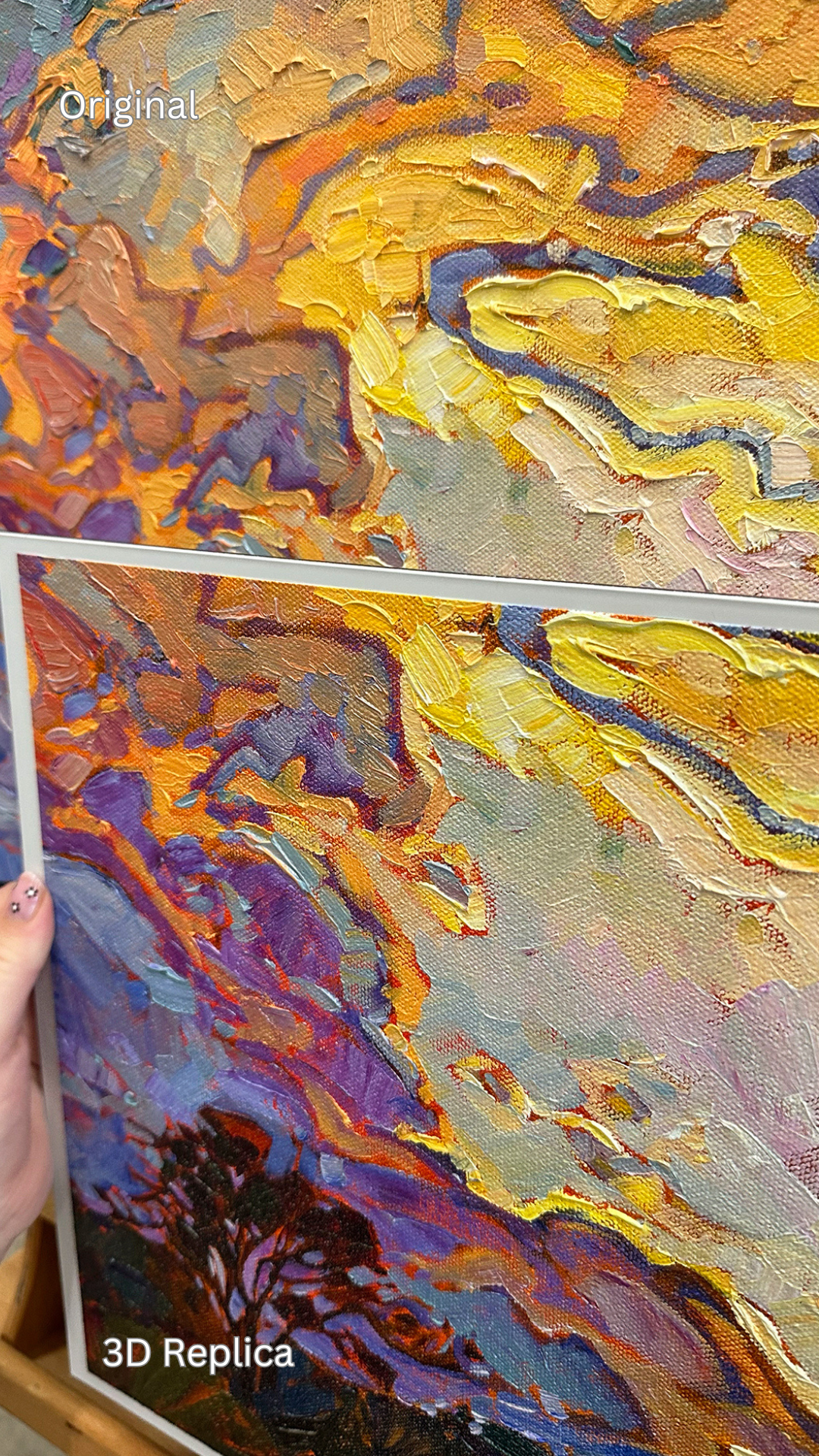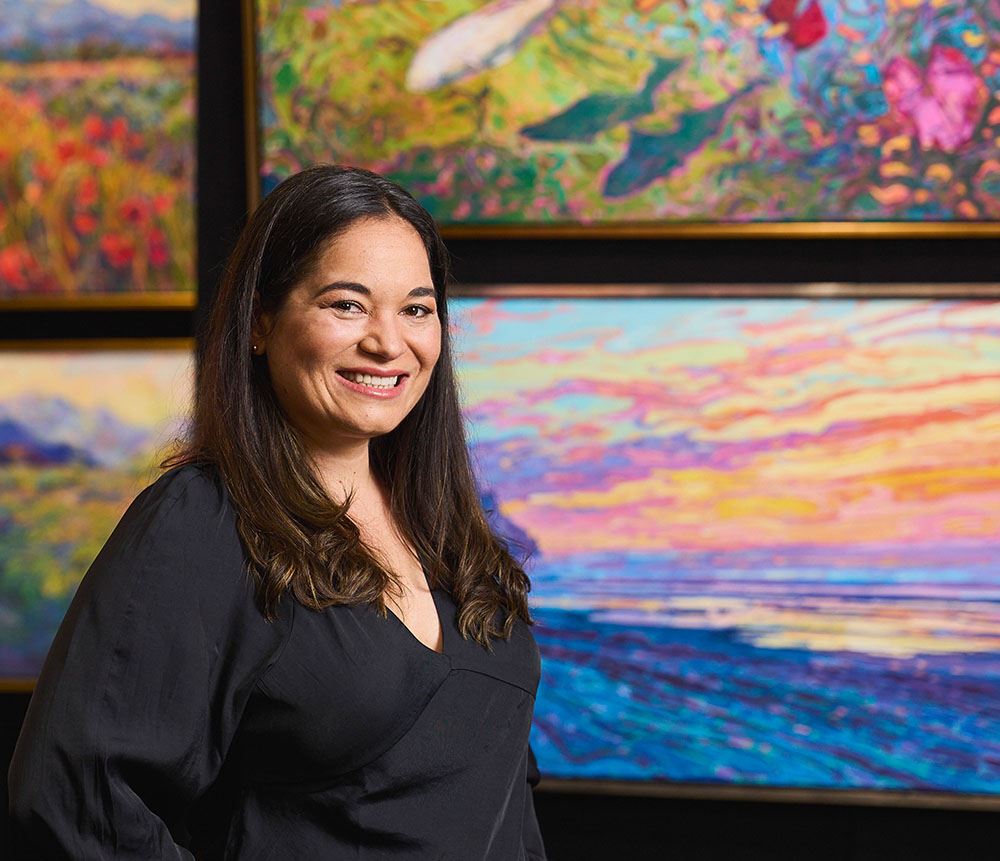Subtotal
$0
U.S. Shipping
FREE
Saved for Later
Shopping Cart
Subtotal
$0
U.S. Shipping
FREE
Saved for Later
I have been working in the field of fine art reproduction for twenty years. In 2005, I managed an eBay "drop-off" store, selling stacks of limited-edition lithographs from artists such as Salvador Dali.
I learned a lot about the lithograph and serigraph printing process: offset lithographs are made with oil-based inks and water repulsion, while serigraphy uses screen printing (a different stencil is used for each color in the print.) In either case, the artist decides how many prints will be made, and the entire run is printed at once. The artist then destroys the stencils or templates used to create the prints, ensuring no more prints can be made, and then he hand-signs and numbers each limited-edition print.
If the demand for a certain print was lower than expected, the artist would be left with stacks and stacks of signed, limited-edition art prints (which is where I would come in and try to sell them on eBay.)
Enter the digital "print-on-demand" age. When I started doing outdoor art festivals in 2008, the artists I met were selling "giclée’s" of their work ("giclée" is a fancy term a French printmaker invented, but which just means "inkjet photo print.") An inkjet printer (like the Canon or Epsom color printer you have at work) has different cartridges of ink color, and it sprays ink onto the printing surface. You can print a giclée on aluminum panels, stretched canvas, paper, wood, ceramic, and plastic cell phone cases... you name it!
Since inkjet printing does not use plates or stencils, it costs the same to make one print as it does to make one hundred prints.
Artists can embellish their giclée prints by adding spots of actual paint on top of the flat print to make them look more realistic. Some artists brush a layer of clear gesso over the top of the print, adding a dimension of texture that imitates the texture of the original painting.
Artists continue to sell limited edition prints of their work, signed and numbered, even though they are printing them one at a time. One print shop I visited (that was printing art prints on demand for hundreds of artists), used a specialized machine that held a pen and mimicked the artist's signature and handwriting.
This is the printing environment I entered when I first started selling my own paper and canvas prints. I opted not to sell embellished texture prints since they were an alteration of the original painting. Instead, I focused on photographing my original oil paintings so that you could see little shadows cast by the ridges in the brushstrokes, which gave the illusion of texture in my prints.

In 2021, I felt I had pushed SLR camera technology as far as it could go (in terms of color accuracy and image resolution), and I started researching scanners.
There is an inherent problem with using flatbed scanners to photograph textured artwork: you have to place the painting face-down on the scanning bed so the scanning light hits the painting at a 90-degree angle. This means there are no shadows created, and thus, there is no illusion of texture. While I could use a flatbed scanner to create highly accurate images that could be blown up to immense size, the images looked flat and unappealing.
Finally, I hit up the Cruse and Metis scanners, which had price tags near a quarter million. However, they photographed the paintings from above, and the lighting came from the side, creating shadows and the illusion of depth in the resulting scanned images. By happy coincidence, this ability to create fantastic 2D images with controllable shadows allowed the scanner to create highly detailed 3D models as well.
While researching scanners, I read an article about a company that had spent two years creating a 3D print of a van Gogh painting, which had supposedly fooled an experienced museum curator.
I figured if they could do it, I could, too! This could be my answer to the demand for textured art prints, so I decided to invest in a Cruse scanner.
My new scanner photographed the painting from four different, tightly controlled light angles (top left, bottom left, top right, bottom right). The software then measured the length of the shadows and, by extrapolation, created a detailed topographical map of the painting.

My next task was to marry this scanning technology with the new layered UV printing technology being innovated by SwissQ, a company based in Switzerland. The goal was to slice a topographical map of a painting into ultra-thin horizontal slices and then print each slice out on the printer, one layer at a time until the final print was built up to look almost exactly like an original oil painting. There is even a layer of varnish printed over the top, giving the prints a glossy look, very much like an original oil painting.
While I own almost a million dollars’ worth of equipment to create my 3D-Textured Replicas, eventually, the equipment cost will come down, and more artists will take advantage of this technology to create their own 3D prints.
Soon, I plan to incorporate RFID chips and blockchain technology into my 3D Textured Replicas to prevent them from being copied and sold on the bootleg market. Collectors will know they are getting an official Erin Hanson replica and be able to verify its authenticity using a phone application.

1. 3D Textured Replicas look almost identical to an original painting.
2. 3D Textured Replicas are offered at an affordable price.
3. The replicas have movement and texture.
4. Even with the original sold, collectors can still bring beloved paintings into their homes.
5. Collectors can decorate their second home, vacation home, guest house, or office with their favorite artworks without investing in originals.
The world of 3D printing has opened up a whole new vista for enthusiastic art collectors who want their artwork to be as close to the original as possible.
3D printing truly is the future of art reproduction. Request samples of 3D textured replicas here.
Discover the artist at the forefront of modern impressionism.

About Erin
ERIN HANSON has been painting in oils since she was 8 years old. As a teenager, she apprenticed at a mural studio where she worked on 40-foot-long paintings while selling art commissions on the side. After being told it was too hard to make a living as an artist, she got her degree in Bioengineering from UC Berkeley. Afterward, Erin became a rock climber at Red Rock Canyon, Nevada. Inspired by the colorful scenery she was climbing, she decided to return to her love of painting and create one new painting every week.
She has stuck to that decision, becoming one of the most prolific artists in history, with over 3,000 oil paintings sold to eager collectors. Erin Hanson’s style is known as "Open Impressionism" and is taught in art schools worldwide. With millions of followers, Hanson has become an iconic, driving force in the rebirth of impressionism, inspiring thousands of other artists to pick up the brush.